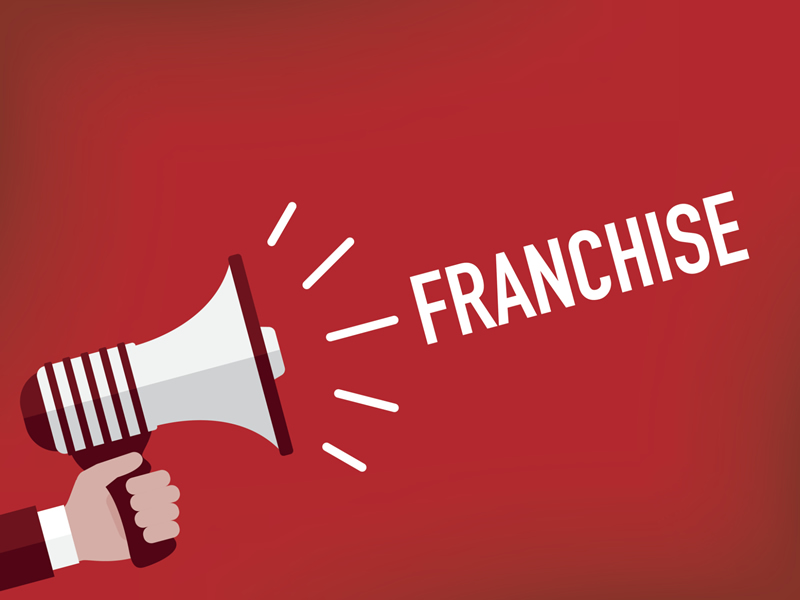ATD Blog
Build a Learning Franchise to Reduce Wasted Learning
Thu Dec 17 2015

In the last few years, two major shifts have changed the job of L&D. First, significant changes to how work gets done has required most employees to learn new, often more specialized skills. Second, learning content is now accessible from more sources inside and outside organizations than ever before. While the increased need for learning is a good thing for L&D, as much as two-thirds of the money spent on this learning in the average organization is going to waste.
The largest share of wasted learning has arisen because line managers and employees are much less likely to turn to their L&D function when they need to learn something new. What’s more, 70 percent of the learning that they’re getting from other learning suppliers in their organizations is either redundant, low-quality, or both. And in an environment where four-out-of-five senior executives say the right learning is more important to hitting business goals today than it was three years ago, these investments aren’t translating into business results.
Making the Shift from Supplying to Enabling Learning
In response to high levels of wasted learning, most L&D functions have focused on becoming more effective at the learning they do supply. They seek to improve the quality and variety of the function’s products and services while attempting to gain more control of the learning created by other suppliers in the organization. Unfortunately, L&D functions that take this approach miss out on the opportunities that these other learning suppliers can offer them to achieve their key L&D objectives.
In an environment where most learning is no longer supplied by the L&D function, heads of L&D must shift their approach from supplying learning to enabling high-quality learning. In particular, CEB research has found that the best L&D functions borrow a page from the playbook used by many successful franchise businesses: they build relationships with learning suppliers outside the function and operate as “franchisers” of learning.
Characteristics of a Successful “Learning Franchise”
The best franchise businesses benefit by orienting heavily around a core set of operating principles. We found the same to be true in L&D franchise partnerships.
Consistent Learning Experiences: All learning suppliers strive to deliver a similar “customer” experience across the franchise partnership.
Continuous Improvement and Innovation: All learning suppliers are dedicated to innovating on processes, products, and services in an effort to meet or exceed their customers’ needs.
Mutually Agreed-Upon and Measured Outcomes and Processes: All learning suppliers agree on the outcomes they are trying to achieve and how they will achieve them together. They also work to measure the efficiency and effectiveness of learning in an objective way to reduce “scrap learning” to an acceptable level.
The best thing about learning franchises is that they really work. L&D functions that have made the transition to this model not only cut spending on wasted learning by more than $5M, on average, but also achieved 25 to 60 percent higher content quality, capability development, and business results across the whole organization.
The next blog in this series will examine how to overcome the four biggest barriers to transitioning to a franchise partnership model. Learn more at cebglobal.com.
